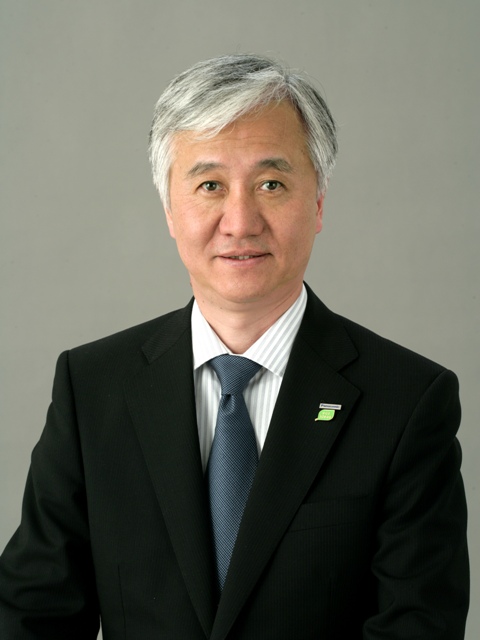The last decade has seen an exponential growth in the mobile
phone and computing industry. The emergence of smartphones and the ever
growing demand of packing more and more features and functionality by the
consumers has rapidly driven innovations in advanced packaging and
integration. Smart integration at reasonable cost is a key to driving
advanced functionality to mass market quickly.
This talk will
provide an overview of the latest trends in the mobile and wireless
industries, with examples of architectural platforms, several disruptive
technology platforms as well as evolutionary trends towards integration
and miniaturization. Key focus of this presentation will be on emerging
technologies, such as 2.5D TSV interposers and 3D IC integration. The
applications of 3D IC integration include CMOS image sensor, MEMS, LED,
memory + logic, logic + logic, memory + microprocessor. For 2.5D, active
and passive interposers using Si and glass will be covered.
Technology development challenges include tools, materials,
infrastructure, reliability and many more. Several key challenges must be
overcome before these integrations can be realized. In addition to
lowering cost, increasingly complex tradeoffs, such as architectural
partitioning, cost-performance-thermal, Chip-Package Interaction (CPI)
must be managed. Electrical noise coupling, thermal interaction, and
mechanical stress effects require multiphysics simulation and an
infrastructure to support design for X across multiple domains. Tools,
models, methodologies, materials, structural constructs, and experimental
results are needed to ensure quality, yield and reliability.
Current R&D and industry status will be presented, including
technical, cost, business, standards and other factors important for rapid
technology adoption. |

.jpg)


